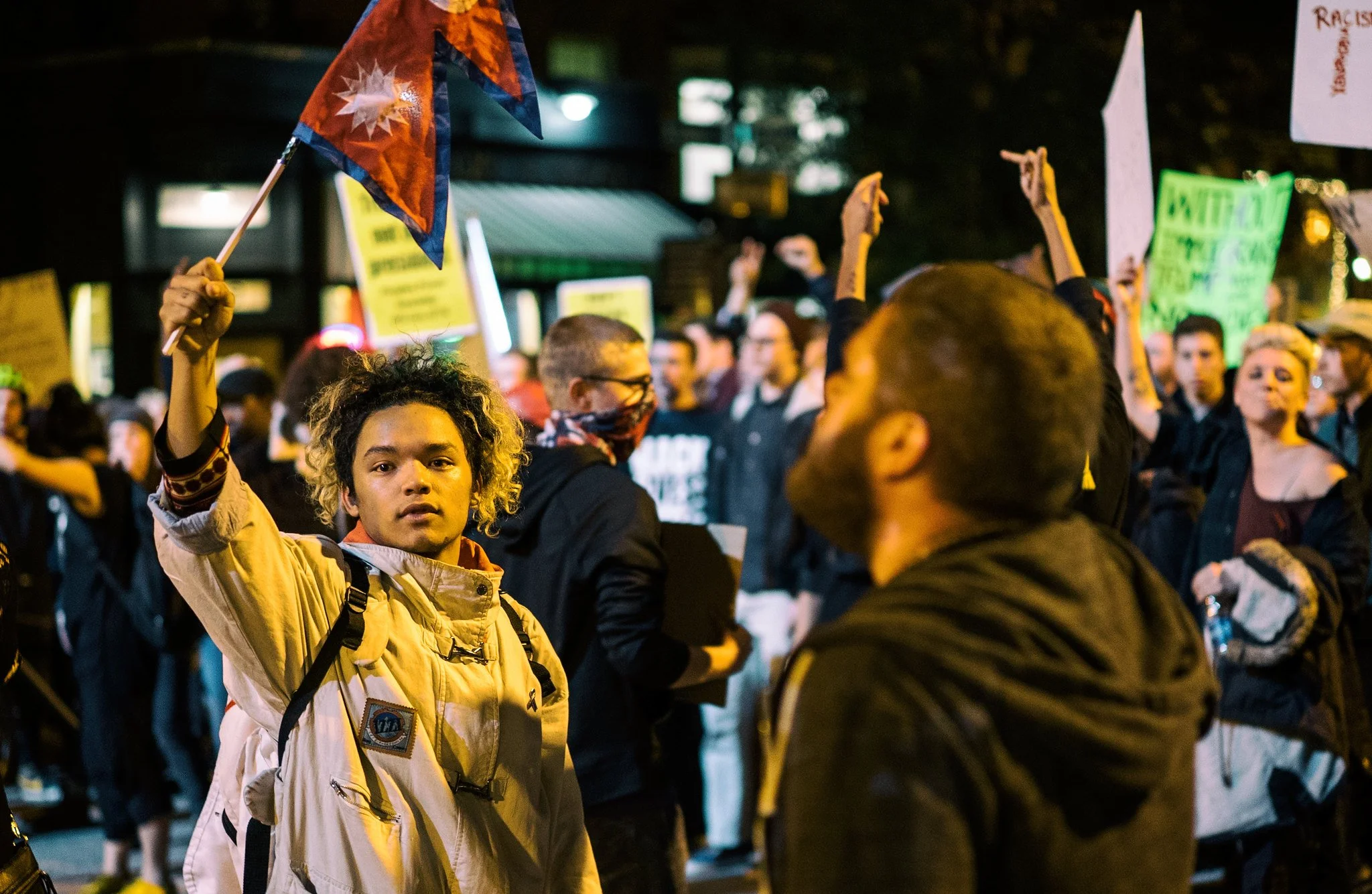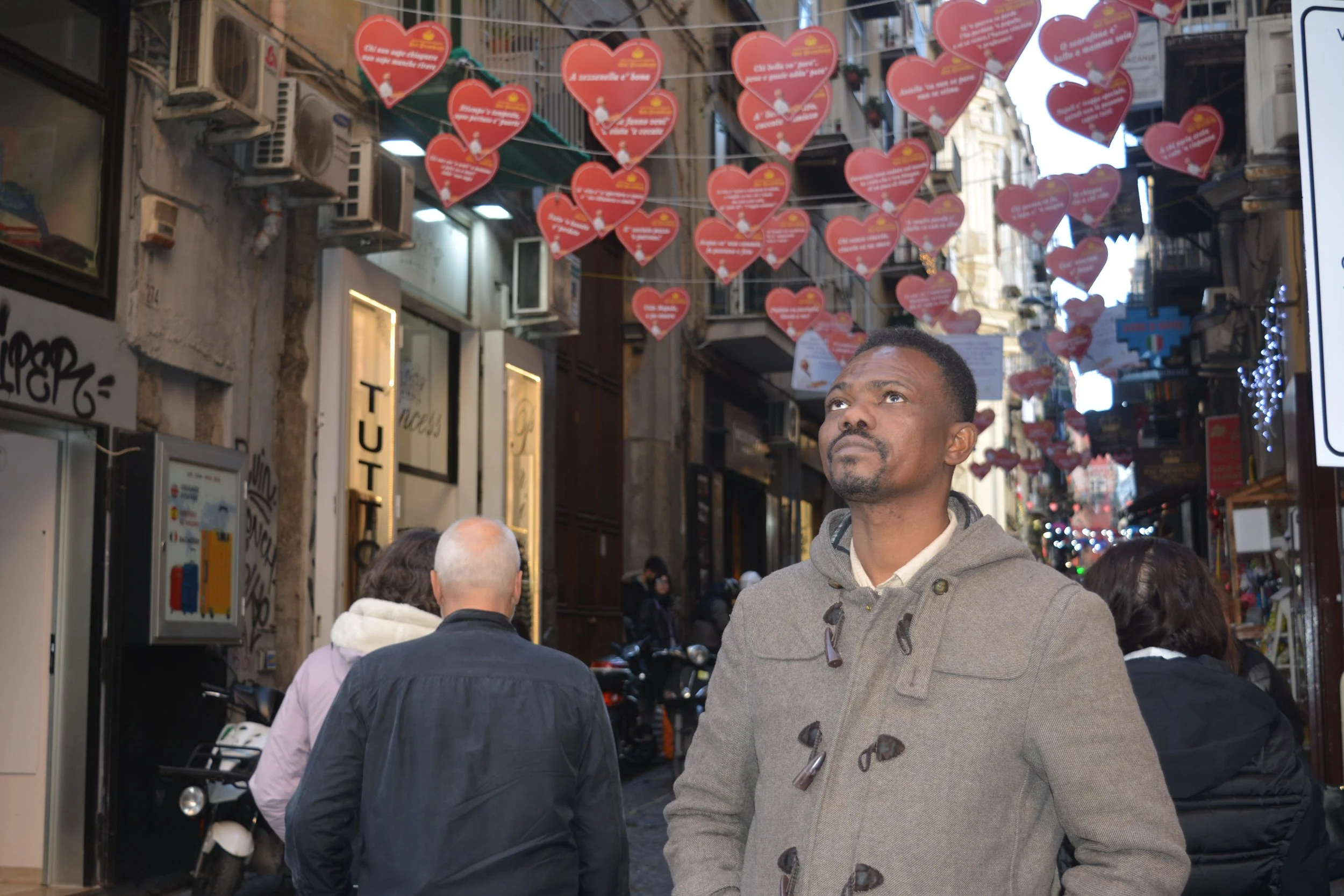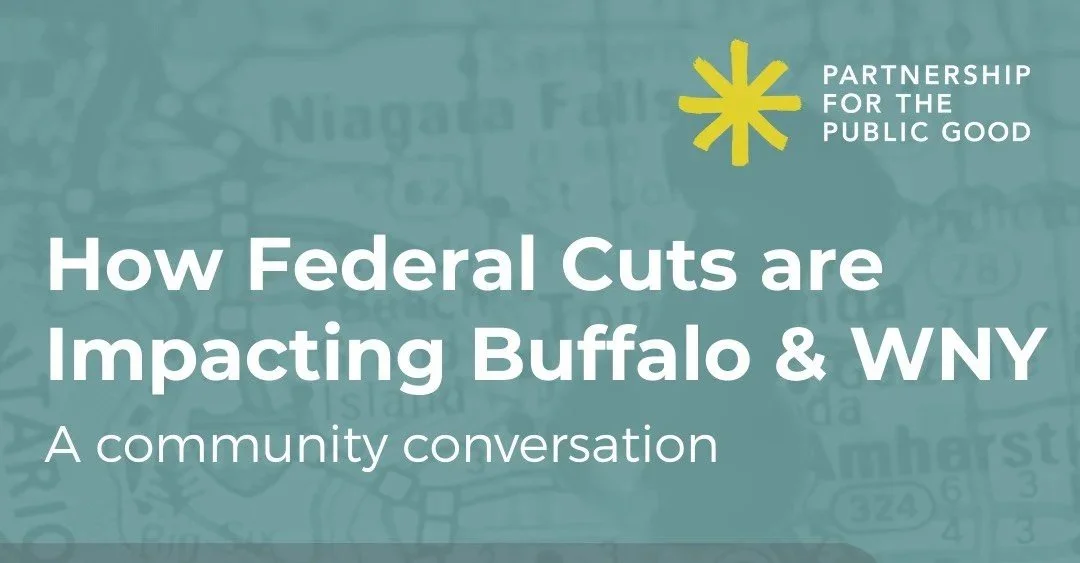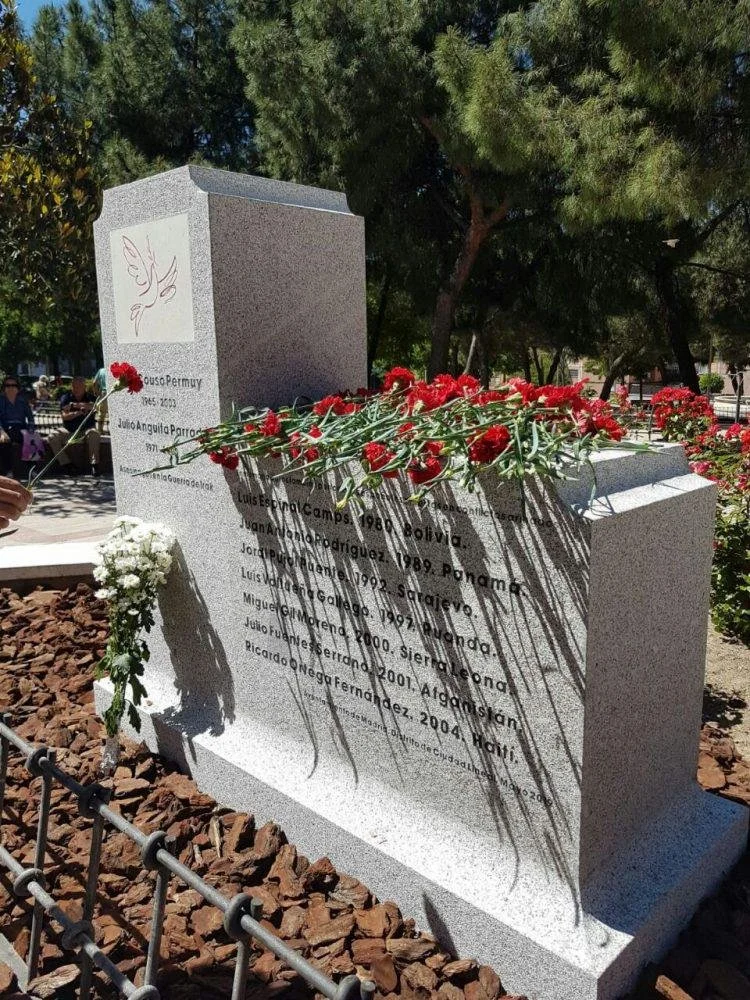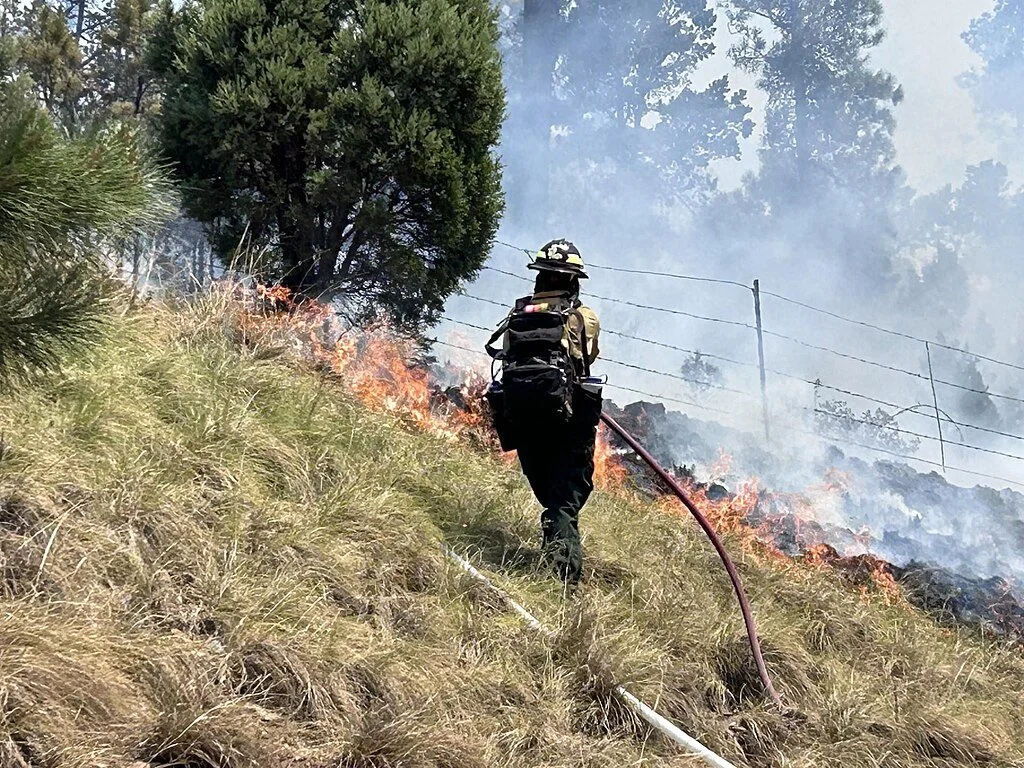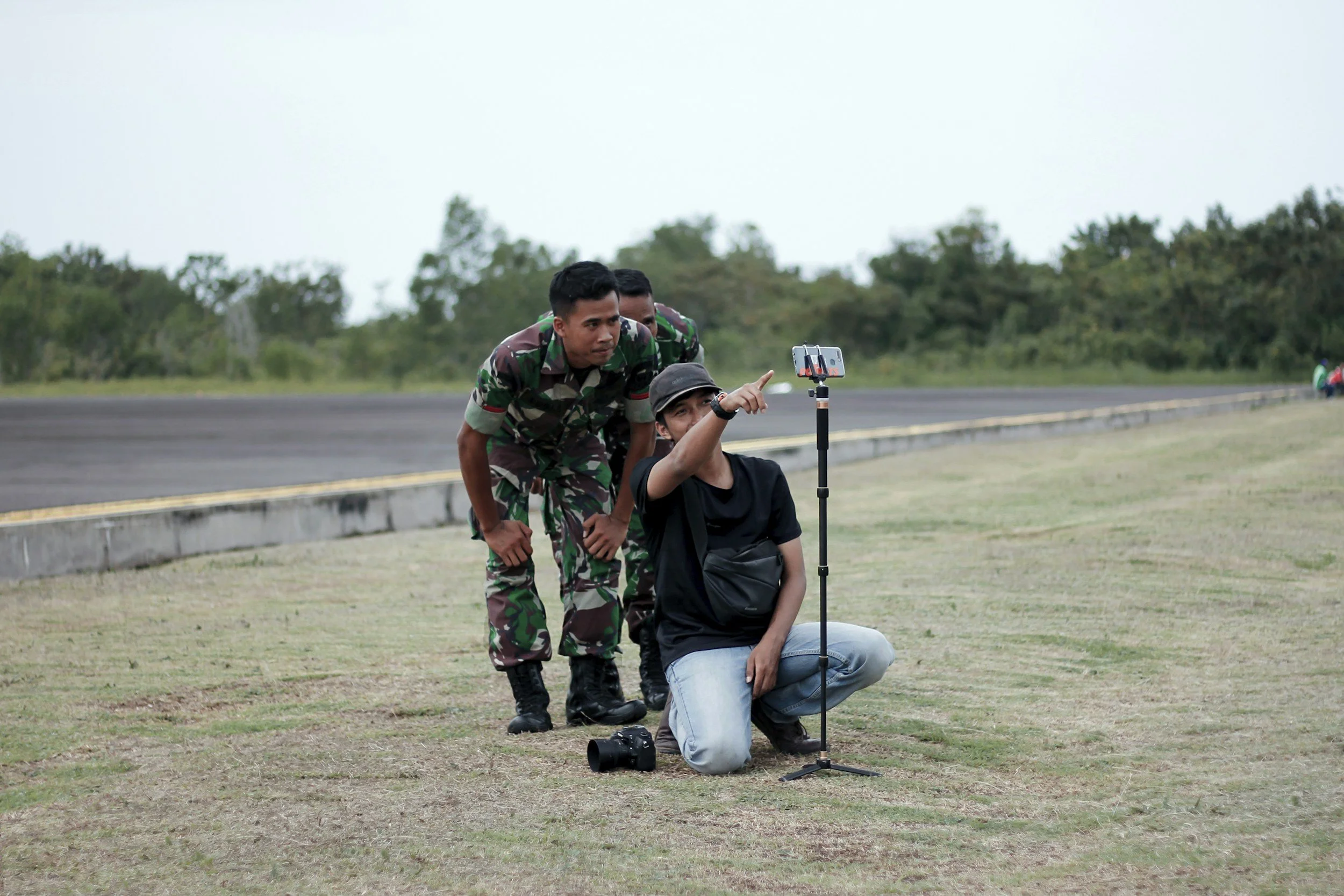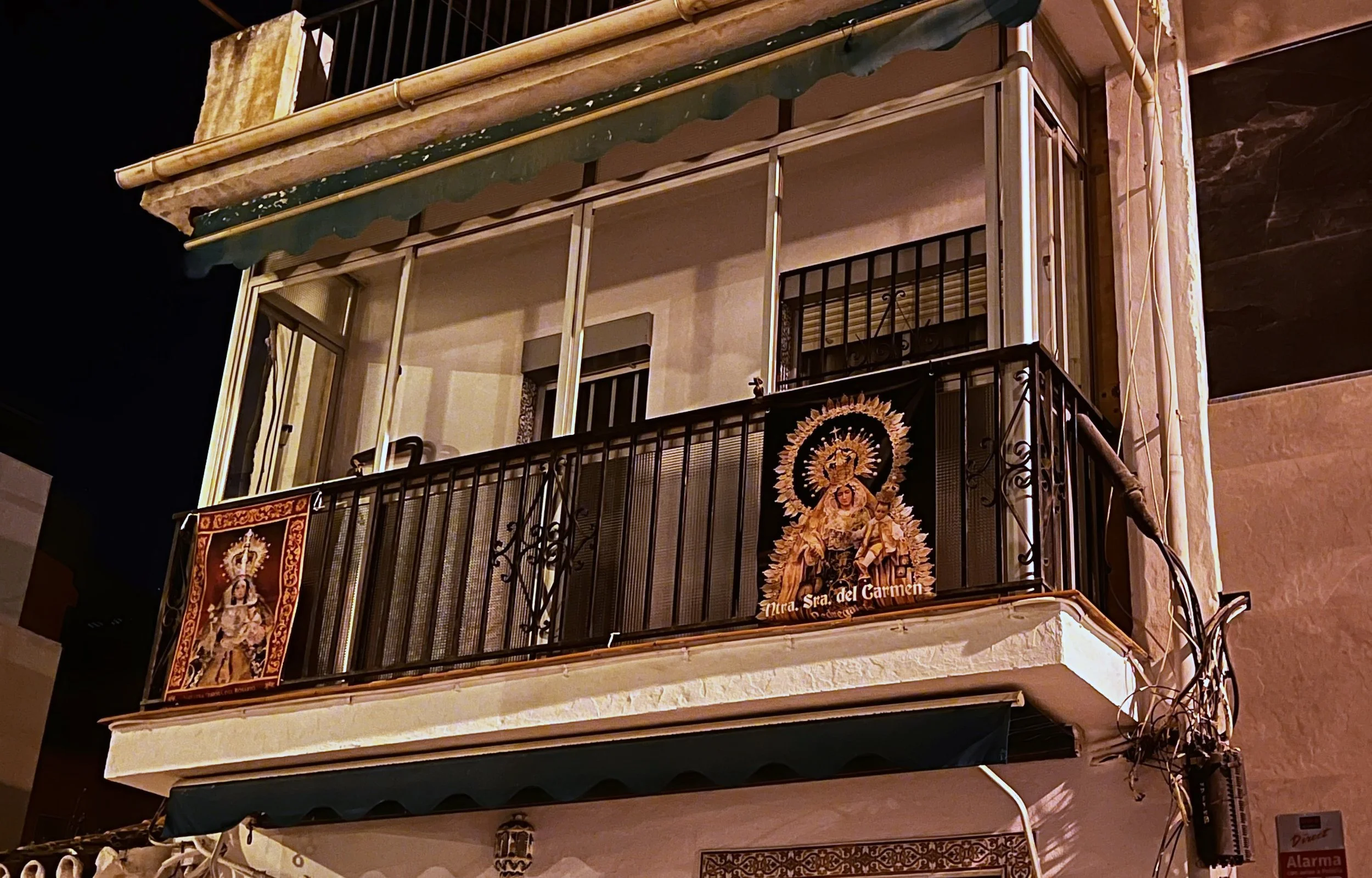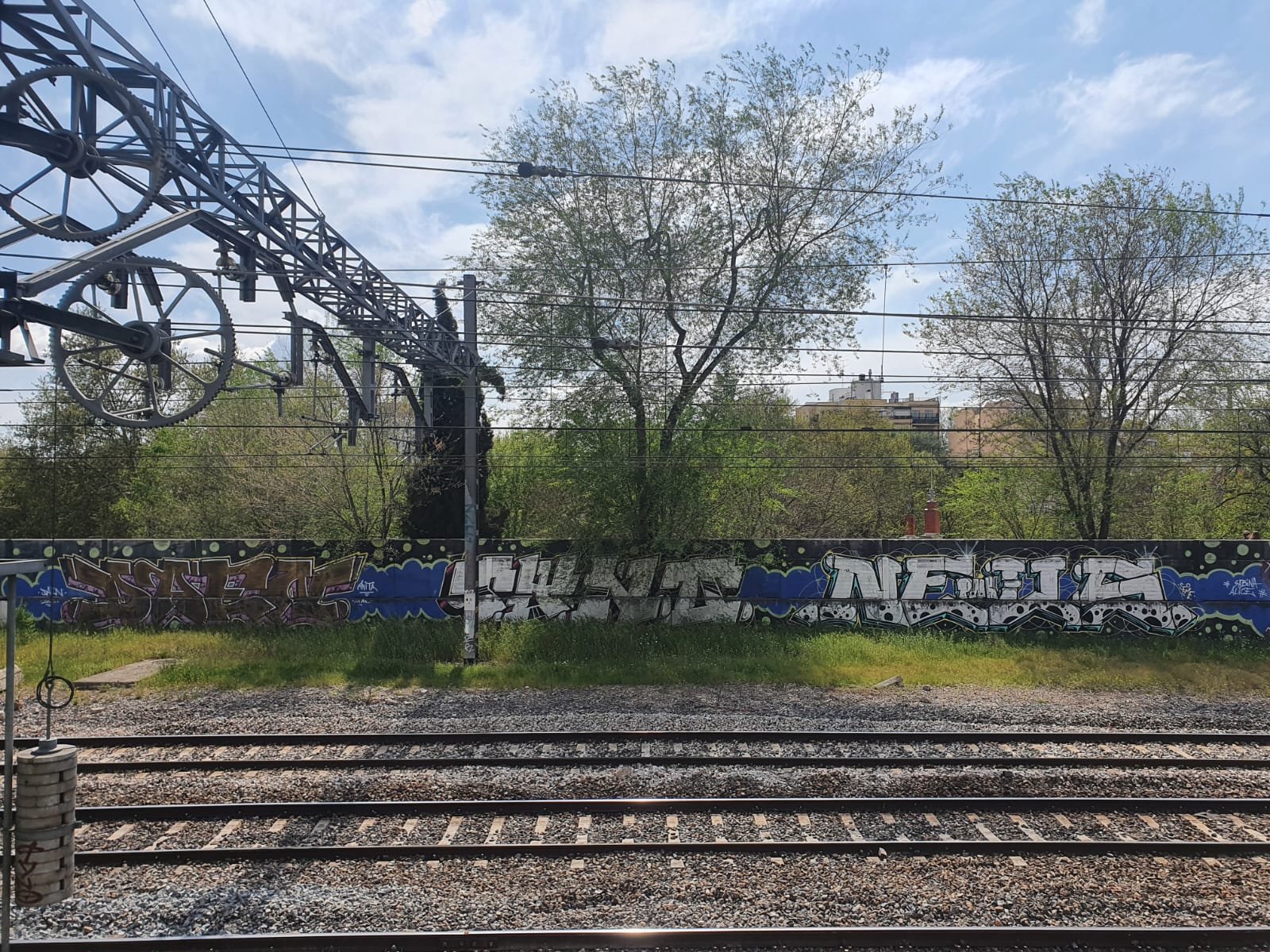
Stories
News

Analysis
Voices
Podcast
Announcements
Events
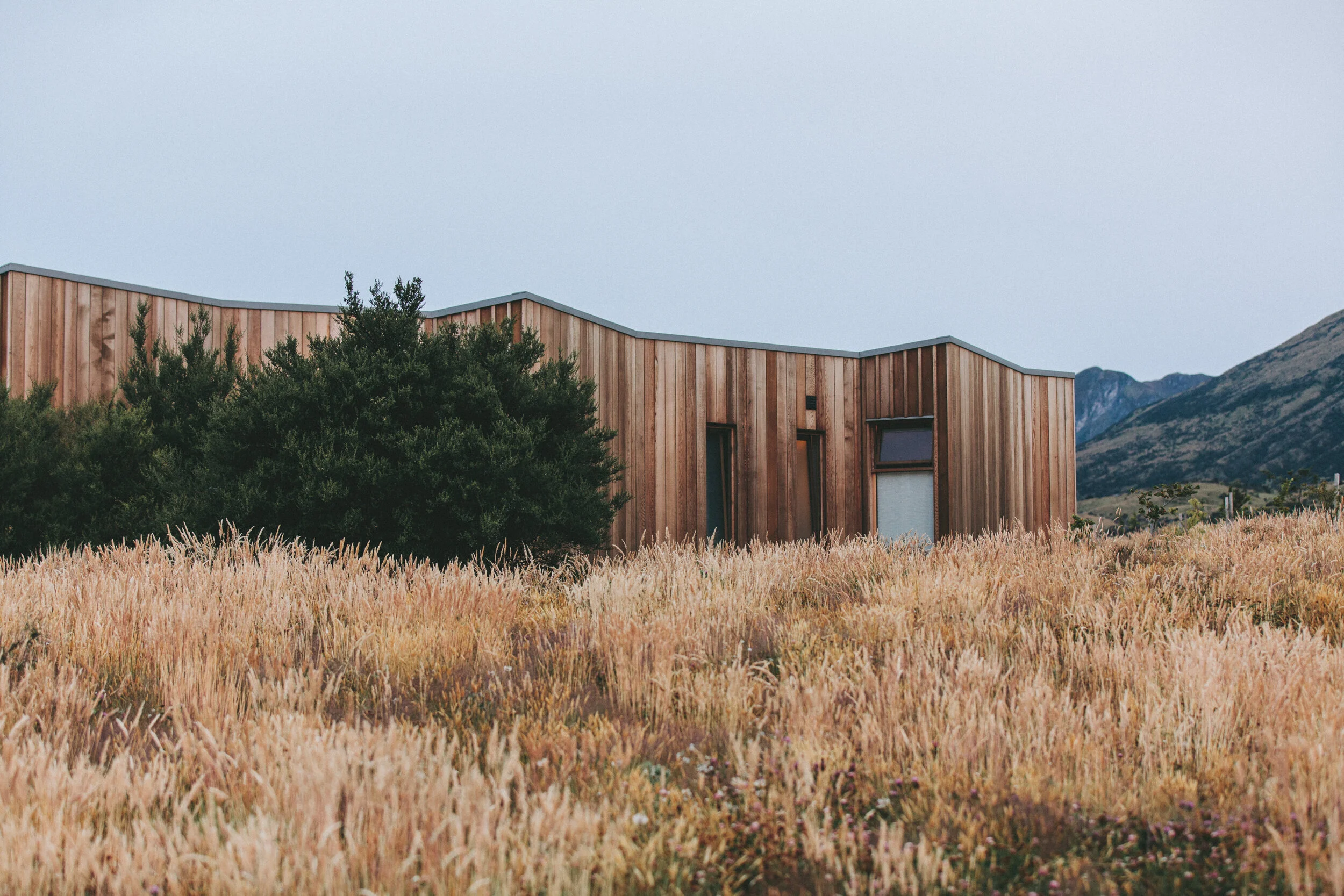
All Stories
Why Do People Do Graffiti?
According to Art Journal, “there are many possible purposes for graffiti: it can be to tell a story, highlight a certain moment in time where things went wrong or right, describe people, politics, culture, art, places and society together; express yourself anonymously, or just be another art form.” However, that is only a partial answer. The actual reason why people do graffiti is much more complex and involves learning a bit of history —making it impossible to summarize in one sentence.
Exploring the Underground Graffiti Culture in Madrid
I am fascinated by how graffiti artists like SODA express themselves by using the public space of a city as their canvas. Graffiti is not only an artform, it is also a lifestyle, a culture. Painting at night, breaking into train stations, exploring underground tunnels, running from police (hopefully not) are part of the everyday life of a graffiti artist. They go to great extents and risk their lives, careers, and freedom to realize their work. I have a lot of respect for those who keep this culture alive.
Misneach: A Call for Justice Through the Irish Language
By Darcy Best
In her latest installment for our Weaving the Streets project, Darcy Best checks in from Galway, Ireland, where street serves as a way to link the Irish language movement with broader political causes ranging from welcoming refugees to expressing solidarity with Palestinian hunger strikers.
What’s Written on the Walls: Gendered Resistance in Lavapiés
By Ajok Deng
In the Madrid neighborhood of Lavapiés, groups such as Mujeres Libres (Free Women) join anonymous street artists in expressing defiant resistance to the structures of patriarchy and the gendered violence that it generates. As part of our Weaving the Streets project, reporter Ajok Deng describes what she has been seeing on the walls, and in the streets, of Lavapiés.
Lavapiés: The Streets Speak Many Languages
By Ajok Deng
"Skulls and bones emerge from the ground beneath your feet. They peek right above the sidewalks and leave a chilling impression of what was once hidden." Ajok Deng joins our Weaving the Streets project with a report from Lavapiés, an immigrant neighborhood in the heart of Spain's capital. "The history surrounding the dictatorship has long been buried, but it still has a way of creeping up to the surface."
Rebels with a Cause: Alternative and Oppositional Culture in Vienna
By Wyatt Adams
"It seems like a ritual here. On an almost biweekly basis, the Ringgasse goes silent, the barriers go up, and riot police in white helmets and shoulder pads take to the streets." In his latest Weaving the Streets post, Wyatt Adams explores the ubiquity of political demonstrations and other forms of oppositional street culture in Vienna.
Weaving the Street Art of Amman
By Bridget Ireland
In her fourth post for our Weaving the Streets project, Bridget Ireland reflects on the emerging street art scene she encountered in Amman, Jordan, from innocuous and easily-ignored graffiti to celebrated and officially-sanctioned public art.
Humor on Allston Streets
By Raina K. Puels
Since moving to Allston, Massachusetts, in September, I’ve been delighted by the use of public space for displays of humor. When I walk to the bank or the grocery store, I almost always see art or text on the street that makes me laugh. My amusement causes other passersby to look at what I’ve discovered, and then they start laughing, too. And that attracts even more people and more giggles and more chuckles. Community is built through the shared experience of this humor. Allston is notorious for being an area populated by college students, grad students, and young post-grads, so it’s natural that many people in my neighborhood have a similar cultural framework that begets a communal sense of humor.
Attention-Grabbing Language, Thought-Provoking Messages
By Raina K. Puels
Many days I’ve walked through Boston in a huff of negative emotion; fuming about the man who kindly complimented my leggings, then yelled “Nice ass!” when I walked away; beating myself up about not doing enough to advocate for the safety of my friends of color, my queer friends, my trans friends; frustrated and scared about the interest growing on both my undergrad and grad school loans. But then I see text out of the corner of my eye and I’m taken out of my own thought-spirals back to the present, back to the street.
Public Art in Rome: William Kentridge's "Triumphs and Laments"
By Rebecca Clayman
On the night of Friday April 22nd crowds gathered along the banks of the Tiber River in anticipation of the evenings performance. While on a typical Friday night the surrounding neighborhood would be filled with pedestrians filtering their way to and from popular bars in the lively neighborhood Trastevere, but on that particular night crowds gathered waiting to witness the unassuming walls of the Tiber River transform into a once in a life time theatrical experience.



